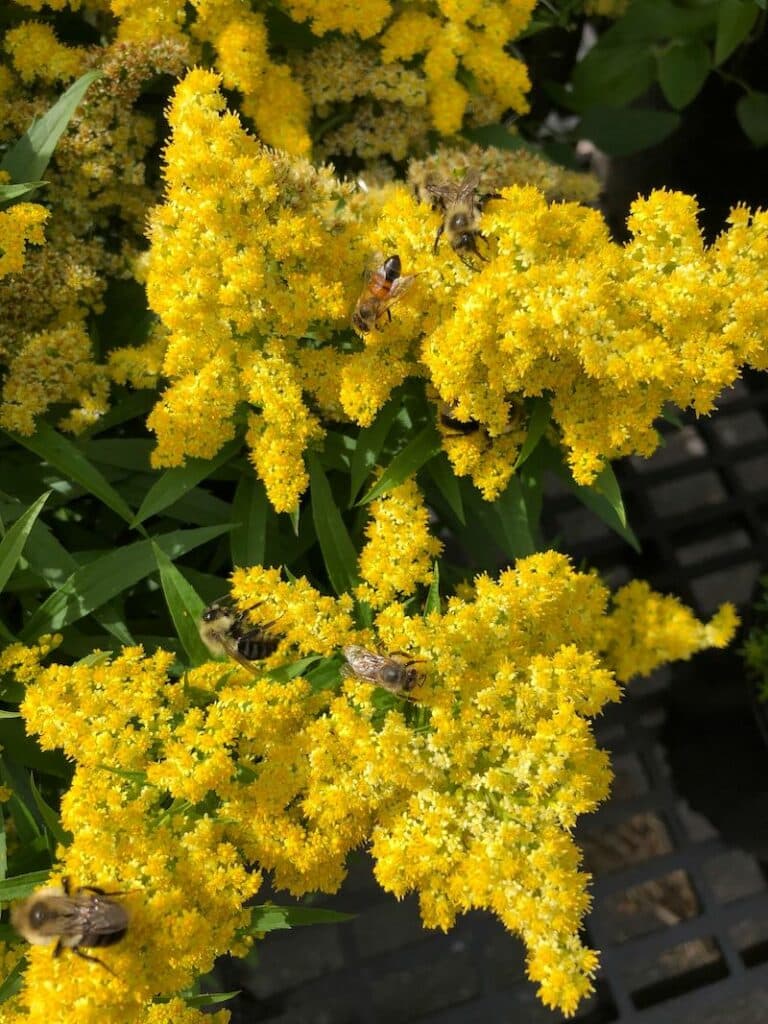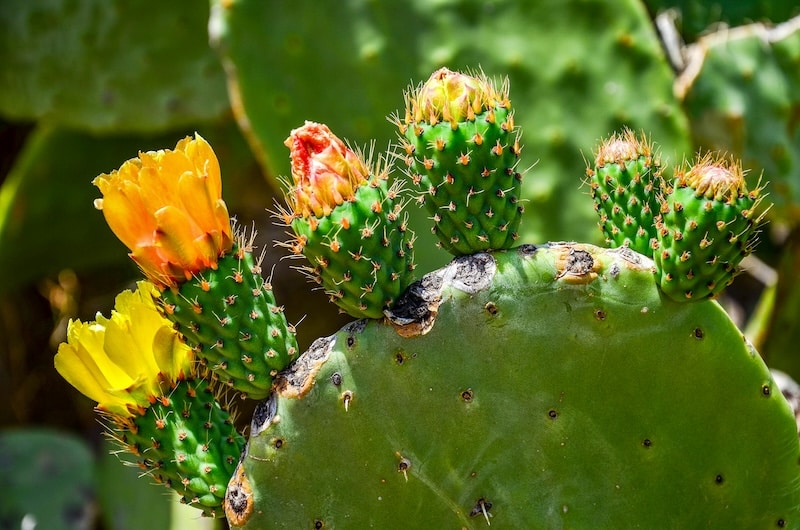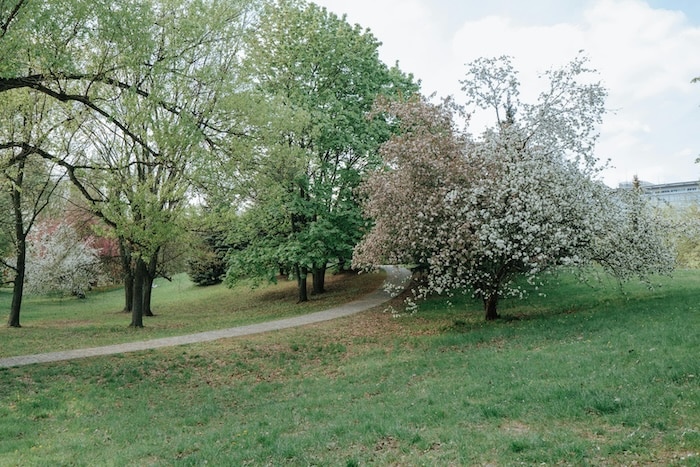Kevin Rodrigues, guest blogger, is a developer-turned-blogger that helps people learn about gardening. Check out his website:https://gardeningmentor.com
Bees can be called a gift from Mother Nature, and rightly so. They are pollinators that help plants in your garden bear fruit. If it were not for bees, 30 percent of the world’s food would have trouble growing.
— A pollinator garden is a green space specifically intended to provide pollinators with habitat. Best Bees Pollinator Habitat Gardens are custom-designed based on scientific insight into your environment’s biodiversity needs and pollinator preferences. —
Imagine missing out on apples, blueberries, almonds, oranges, and cucumbers among others. Scary thought, isn’t it? But it’s easy to avoid this problem. We just need to attract bees to our garden and there are some plants that bees love to pollinate.
What are the plants that will attract bees to your garden?
The plants you can grow in your garden depend on the soil and climate of your area.
Bees are attracted to flowers based on the color, shape, and texture. They prefer flowers that are white, blue, yellow, and pink in color. They also find flowers with easy access to pollen and nectar attractive.
Honeybees may find flowers from the regions of New Zealand, Australia, South Africa, and South America attractive. But native bees would prefer flowers that grow native to your region.
1. Annuals
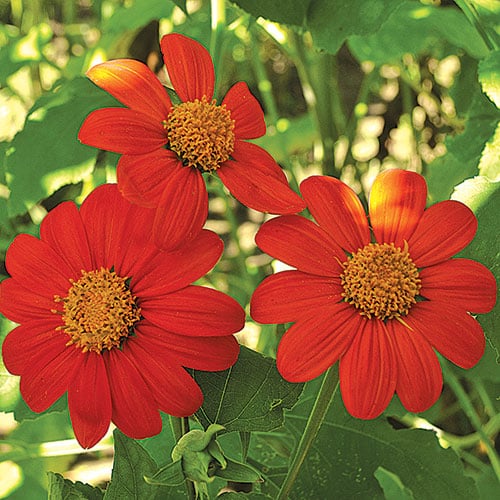
Annuals are plants that grow in plenty during the season producing a lot of flowers and seeds. But at the end of the season, they die. They are attractive to bees because they produce a lot of flowers which means lots of pollen and nectar.
Annuals can be hardy or tender. The hardy ones can grow in a cold climate so they do great at the beginning of spring or in autumn. The tender ones prefer the warm weather so make sure to grow them after the last frost date. So grow them in spring or summer.
The annuals need good friable soil, suitable weather, and water to grow well. Make use of compost if you want to have plenty of flowers blooming.
Some hardy and half-hardy annuals include:
- Alyssum
- Cornflower
- Calendula
- Black-eyed Susan
- Blanket flower (Gaillardia)
- Flanders Poppy
- Honeywort
- Lantana
- Starflower
- Sunflower
Some other annuals include:
- Basil
- Cilantro
- Cosmos
- Mexican sunflower
- Petunia
- Spider flower
- Sunflower
- Verbena
- Zinnia
2. Perennials
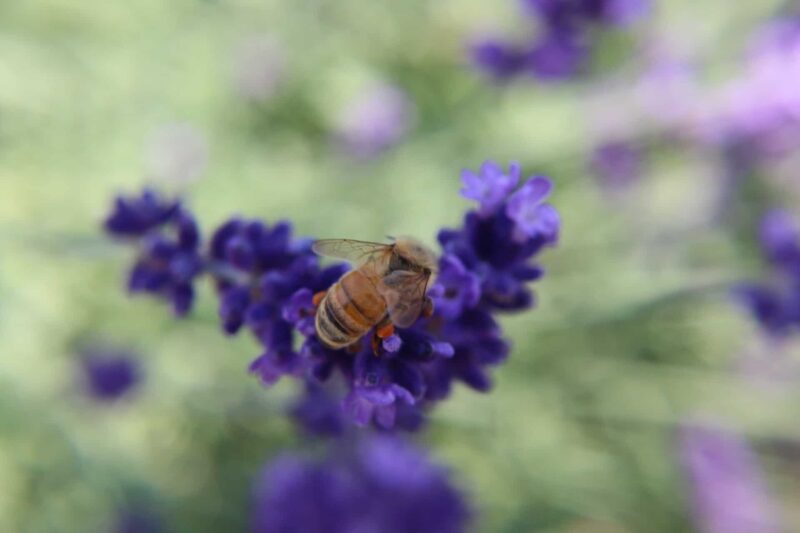
Perennials are plants that can grow for several years, unlike annuals that grow for a particular season.
Of course, this depends on the climate in your region. If it’s too cold, perennials will act as annuals and die in the cold season.
If you have warm weather, perennials can live for several years before you need to plant them again. Or they may die to the ground in winter and come back again in spring.
Some of them can have more than one blooming season. They may bloom in spring, take a break midsummer, and bloom again in fall.
Some examples of bee-friendly perennials for your garden include:
- Anise hyssop
- Aster
- Bergamot
- Butterfly weed
- Catnip
- Coreopsis
- Coneflower (Echinacea)
- Dahlia
- Sage
- Salvia
- Yarrow
- Culver’s root
- Phlox
- Lavender
- Pincushion flower
3. Biennials
Biennials are plants that grow for one season, overwinter, bloom then set seed the next season and die. Bees love biennials because they produce a lot of flowers which means more nectar and pollen for them.
Some great biennials to plant for pollinators include:
- Angelicas
- Clary sage
- Canterbury bells
- Hollyhock
- Foxglove
- Viper’s Bugloss
4. Cactuses
Cactus can be quite attractive to the bees because of their flowers. They grow in different kinds of weather such as hot and dry, humid, or freezing.
The prickly pear is a cactus you can find in a variety of shapes and colors. They bloom with flowers that come in a variety of colors like yellow, pink, red, or burgundy which bees find attractive. It’s quite easy to grow the prickly pear with propagation. Just cut the pad at the base and bury it halfway into the soil.
5. Shrubs
Shrubs can grow a lot of flowers that bees find attractive. They can grow in summer, winter, fall, and spring. The size of these shrubs can be from tiny to the size of a small tree. You need to be careful which shrubs you grow based on the space available in your garden. There are some shrubs that are deciduous and lose their leaves in winter while some others are evergreen.
Some examples of shrubs you can grow in your bee-friendly garden include:
- Chaste tree
- Chitalpa
- Coffeeberry
- Cotoneaster
- Desert willow
- Escallonia
- Grevillia
- Holly
- Hydrangea
- Redbud
- Strawberry tree
- Summersweet
- Wild lilac
6. Trees
Trees are beneficial to bees because they provide flowers over a large area which means more pollen and nectar for the bees. The trees can grow from a few feet to 100 feet tall. The ones you should grow in your garden depend on the space you have as well as the type you want to grow. Some trees can grow slowly while others grow fast but tend to have weak wood.
Some bee-friendly trees you can plant include:
- Acacia
- Crabapple
- Hawthorn
- Japanese maple
- Magnolia
- Basswood
- Black locust
- Chinese tallow tree
- Holly
- Red maple
- Willow
- Tupela
Illustration by Paige Mulhern.
Bees love pollen and nectar. With the right plants in your garden, you and your plants can enjoy the company of these wonderful bees. So take a look around your garden and see what you can plant.
The bees will thank you for it.
About the Author
Kevin Rodrigues is a developer-turned-blogger that helps people learn about gardening. Check out his website: https://gardeningmentor.com


